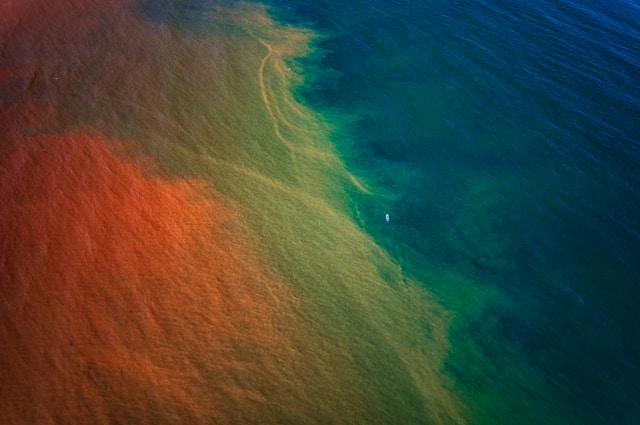Oil spills, whether in residential or industrial settings, pose significant environmental threats. The ramifications can be devastating, impacting aquatic life, ecosystems, and even human health.
It is imperative to comprehend the procedures for managing incidents, from containment to remediation. Implementing an efficient emergency oil spill response not only reduces environmental harm but also protects ecosystems. This guide presents a thorough examination, providing valuable insights into successful strategies for addressing oil spills and mitigating their negative consequences.
Understanding the Impact of Oil Spills
Oil spills have far-reaching consequences, disrupting ecosystems and jeopardizing biodiversity. The spilled substance forms a slick on the water’s surface, coating plants, animals, and shorelines. This coating inhibits oxygen exchange, suffocating marine life and disrupting food chains. Additionally, toxic compounds in the substance can contaminate water supplies, posing health risks to humans and wildlife alike.
Immediate Response: Containment Measures
Upon discovering a spill, swift action is crucial to prevent further spread and mitigate damage. Containment measures involve deploying booms and barriers to confine the substance and prevent it from spreading. These physical barriers can be deployed around the spill site, effectively containing the substance within a defined area. Additionally, skimmers and sorbents are utilized to remove the substance from the water’s surface, facilitating containment and minimizing environmental impact.
Assessing the Extent of Contamination
Once the spill is contained, assessing the extent of contamination is essential for devising an effective remediation plan. This involves conducting thorough environmental assessments to determine the scope of the damage and identify sensitive areas requiring special attention. Advanced techniques like remote sensing and GIS mapping are employed to delineate the affected areas and prioritize cleanup efforts precisely.
Remediation Techniques for Oil Spills
Remediation involves systematically cleaning and restoring affected ecosystems to their pre-spill conditions. Various techniques are employed depending on the scale and severity of the spill. Mechanical methods, such as skimming and vacuuming, are utilized to remove oil from the environment physically. Chemical dispersants may also be applied to break down the oil into smaller droplets, facilitating microbial degradation.
Bioremediation: Harnessing Nature’s Remedial Powers
Bioremediation is a natural procedure that uses microorganisms to break down and metabolize contaminants. This environmentally friendly approach accelerates the breakdown of hydrocarbons, promoting the restoration of contaminated ecosystems. Bioremediation techniques include the introduction of specialized microbes or the enhancement of indigenous microbial populations through nutrient supplementation.
Monitoring and Long-Term Management
After the initial cleanup efforts, ongoing monitoring is essential to assess the effectiveness of remediation measures and track environmental recovery. Long-term management strategies focus on restoring ecosystems to their pre-spill state and mitigating any lingering impacts. This may involve habitat restoration, species reintroduction, and continued monitoring to ensure ecological stability.
Collaborative Efforts and Regulatory Compliance
Addressing oil spills requires coordinated efforts among government agencies, industry stakeholders, and environmental organizations. Compliance with regulatory standards and protocols is paramount to ensure effective spill response and minimize legal liabilities. Collaborative initiatives such as contingency planning and response training enhance preparedness and facilitate rapid response to future incidents.
Handling residential and industrial oil spills demands a multifaceted approach encompassing containment, remediation, and long-term management strategies, especially emphasizing emergency oil spill response. By understanding the environmental impact of oil spills and implementing effective response measures, one can mitigate the damage caused and safeguard their ecosystems for future generations.


